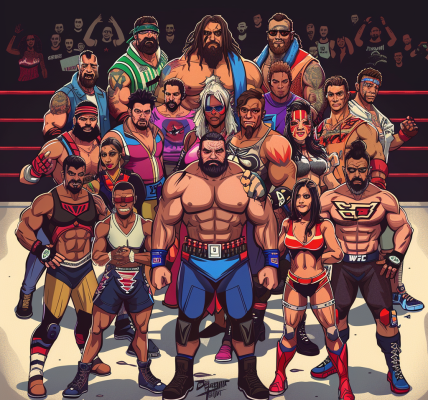In a remarkable story of resilience and triumph, Michael February, the first Black South African surfer to compete on the World Surf League Championship Tour, is making waves both in the ocean and in the surfing community. Born in 1993, just as apartheid was coming to an end, February’s journey into surfing is not just about mastering the waves but also about breaking barriers and redefining the sport in his homeland.
February’s introduction to surfing came through his father, an enthusiastic surfer who instilled a deep love for the ocean in him from a young age. Despite the historical challenges associated with surfing in South Africa—where the sport was predominantly reserved for white individuals and beaches were segregated until 1989—February’s father was determined to share his passion with his son. This bond between father and son not only fostered a love for surfing but also served as a powerful symbol of change in a society that was beginning to embrace diversity.
Growing up, February faced the reality of being one of the few surfers who looked like him in a predominantly white sport. Yet, instead of feeling alienated, he found liberation in the ocean. His father’s encouragement to embrace his uniqueness became a guiding principle in February’s life, enabling him to navigate the complexities of race and identity within the surfing world.
As he honed his skills and gained recognition, February began to challenge the status quo. His participation in competitions opened doors for other aspiring surfers of color, inspiring a new generation to take to the waves. February’s journey illustrates the profound impact that representation can have in sports, where visibility can encourage young athletes to pursue their dreams, regardless of their background.
February’s story is not just about surfing; it is about empowerment and the transformative power of sports. The ocean has become a sanctuary for him, a place where he can connect with his roots and express his individuality. This connection to the water transcends mere sport; it embodies a sense of freedom and healing that resonates deeply within him.
The surfing community has gradually begun to recognize the importance of inclusivity, with initiatives aimed at diversifying the sport gaining traction. February stands at the forefront of this movement, advocating for greater representation and opportunities for surfers from underrepresented backgrounds. His presence on the World Surf League Championship Tour is a testament to the changing landscape of surfing in South Africa and beyond.
As he rides the waves, February is not only competing against other surfers; he is also challenging societal norms and paving the way for future athletes. His journey serves as a reminder that the ocean is a powerful equalizer, capable of uniting people from all walks of life. Through his passion and perseverance, February is redefining what it means to be a surfer in South Africa, showcasing that the sport is for everyone, regardless of race or background.
February’s influence extends beyond the water; he is actively involved in community outreach programs aimed at introducing surfing to youth in disadvantaged areas. By providing access to the sport, he hopes to inspire young people to embrace the ocean and all the opportunities it offers. His commitment to giving back is a reflection of his own experiences and a desire to create a more inclusive surfing culture.
As the surfing world continues to evolve, figures like Michael February are essential in shaping its future. By breaking down barriers and challenging stereotypes, they are not only changing the narrative around surfing but also inspiring countless individuals to pursue their passions. February’s journey is a celebration of diversity, resilience, and the unifying power of the ocean.
In a sport that has historically been exclusive, February’s achievements serve as a beacon of hope for many. His story is a powerful reminder that the ocean belongs to everyone and that with determination and support, anyone can find their place in the waves.





